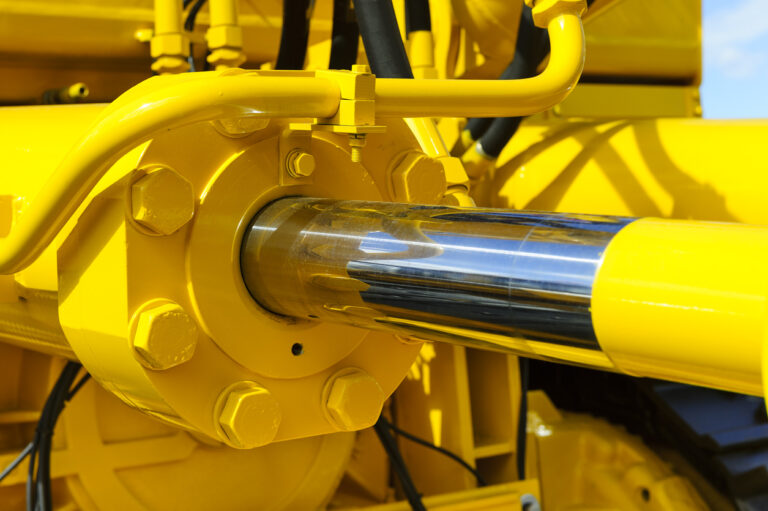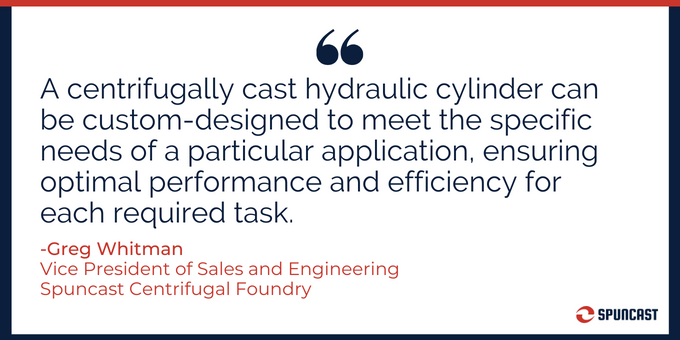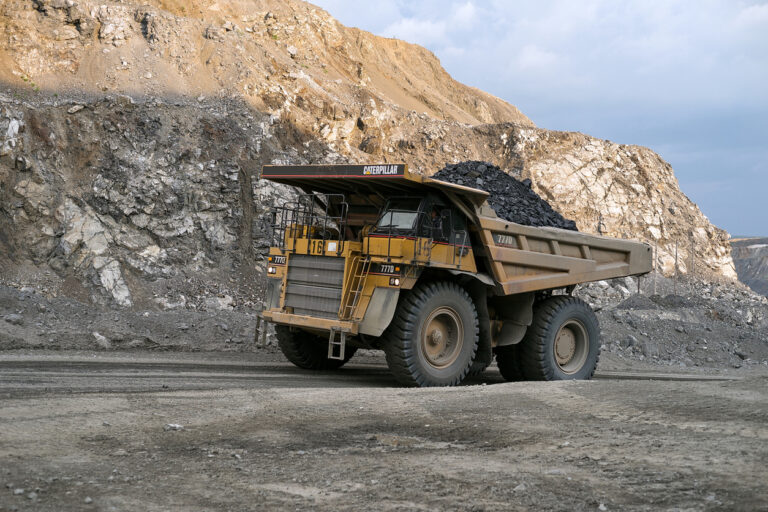The hydraulic cylinder is arguably the most critical component of any hydraulic system, especially in mining equipment. But the traditional method of producing them is expensive on a price-per-unit basis, and it takes a lot of time to set up, which means lengthy lead times.
In this blog post, we will explore why the traditional method takes so long and costs more compared to a popular alternative process, centrifugal casting.
We’ll also look at the mining equipment companies using centrifugally cast cylinders for their hydraulics and dive into why it’s a particularly good choice for them. Check out the video below and get a short overview first.
The pressure on hydraulic cylinders (and you) is incredible
In mining equipment, the hydraulic cylinder is often the component under the most load, sometimes withstanding thousands of pounds per square inch of pressure.
And because each mining task requires varying force and movement, the cylinders must be designed with the application in mind. This requires a wide range of customization, including size, configuration, and material that can withstand the brutal conditions found at mining sites.
No matter the production method used when a customized cylinder is purpose-built, it helps extend the lifespan and efficiency of the equipment. It also ensures reliability, safety, and less downtime.

Forged has long been the go-to method
Several processes can be considered when producing a hydraulic cylinder, but the go-to method is often forged.
However, forging can be time-consuming, requiring labor-intensive steps, including shaping the metal through repeated heating and hammering. And only certain metals respond well to it.
Alternatively, centrifugally casting is much more straightforward, contributing to shorter lead times and lower costs. It also allows for a lot of flexibility in material choice.
But most importantly, centrifugal casting has proven to be just as reliable for creating customized hydraulic cylinders and other critical components of hydraulic systems as forging.
Why centrifugal casting can be a wiser choice
Centrifugal casting is a process that involves rotating a mold at high speeds while molten metal is poured into it.
Greg Whitman, Vice President of Sales and Engineering at Spuncast, explains that it’s a casting process that is particularly well suited for manufacturing hollow tubes like hydraulic cylinders.
“The centrifugal casting process is dynamic – constantly spinning,” he said. “This creates a centrifugal force that pushes the molten metal against the walls of the mold, resulting in a dense, homogeneous cylinder with no internal voids or inclusions.”
For a system that relies on the precision of its parts working together, a cast hydraulic cylinder offers:
1. Reliable Durability

Centrifugal casting produces a dense and homogeneous microstructure, minimizing the chances of defects or weak points.
2. Uniform Grain Structure
Centrifugal casting ensures uniformity in grain structure, providing improved mechanical properties, such as high tensile strength and fatigue resistance.
3. Precise Dimensional Control
Centrifugal casting provides excellent dimensional control as the molten metal flows into the mold with a predetermined rate and velocity.
4. Shorter Lead Times
Centrifugal casting doesn’t need extensive machining, and post-processing is much less, resulting in a shorter production time.
5. Cost-effectiveness
The centrifugal casting process reduces material waste and allows for near-net shape casting, which saves costs.
Customization as part of the process
There are hydraulic cylinder design guidelines like NFPA and ISO, but working with experienced engineers is the best way to navigate a better result.

And with a customized centrifugally cast hydraulic component, you can meet the detailed requirements for mining equipment with the benefits of:
- Integrally cast flanges: An integrally cast flange from the centrifugal process will achieve strengths over four times that of a welded/heat-treated equivalent.
- Quantity flexibility: While large regular runs are easily accommodated, centrifugally cast tubes are each an “individual” furnace heat, so single or small quantities will not drastically change the cost.
- Delivery of non-standard sizes: Often, standard tube sizes don’t work with specific designs. A centrifugal cast die’s shape and size only impact the outer diameter, while the amount of molten metal poured can customize the inner diameter.
- Availability of heavy wall thickness: The wall thickness of the metal casting is controlled by the amount of material added during the pouring phase. Wall thicknesses of 30 mm to 65 mm are possible and common.
- Material flexibility: Centrifugal casting accommodates a wide range of materials, including stainless steel, nickel-based alloys, and high-strength carbon steel. This versatility allows engineers to tailor the tube parts to suit specific mining applications.
Follow the lead of top mining truck manufacturers
The forged process starts with a solid body that requires the removal of the center material to create a hollow cylinder. In contrast, centrifugal casting forms a hollow cylinder at the start, which uses less material, and easily allows for customized sizes and alloy selection.
It’s why brands like Caterpillar, Komatsu, and Liebherr have invested in customized centrifugally cast hydraulic components to save money without sacrificing quality.

For over 40 years, Spuncast has produced hydraulic cylinder components for major heavy equipment manufacturers, proving they perform well even in a harsh mining environment.
By providing enhanced durability, uniform grain structure, cost-effectiveness, precise dimensional control, and material flexibility, it’s a method the industry can count on.

